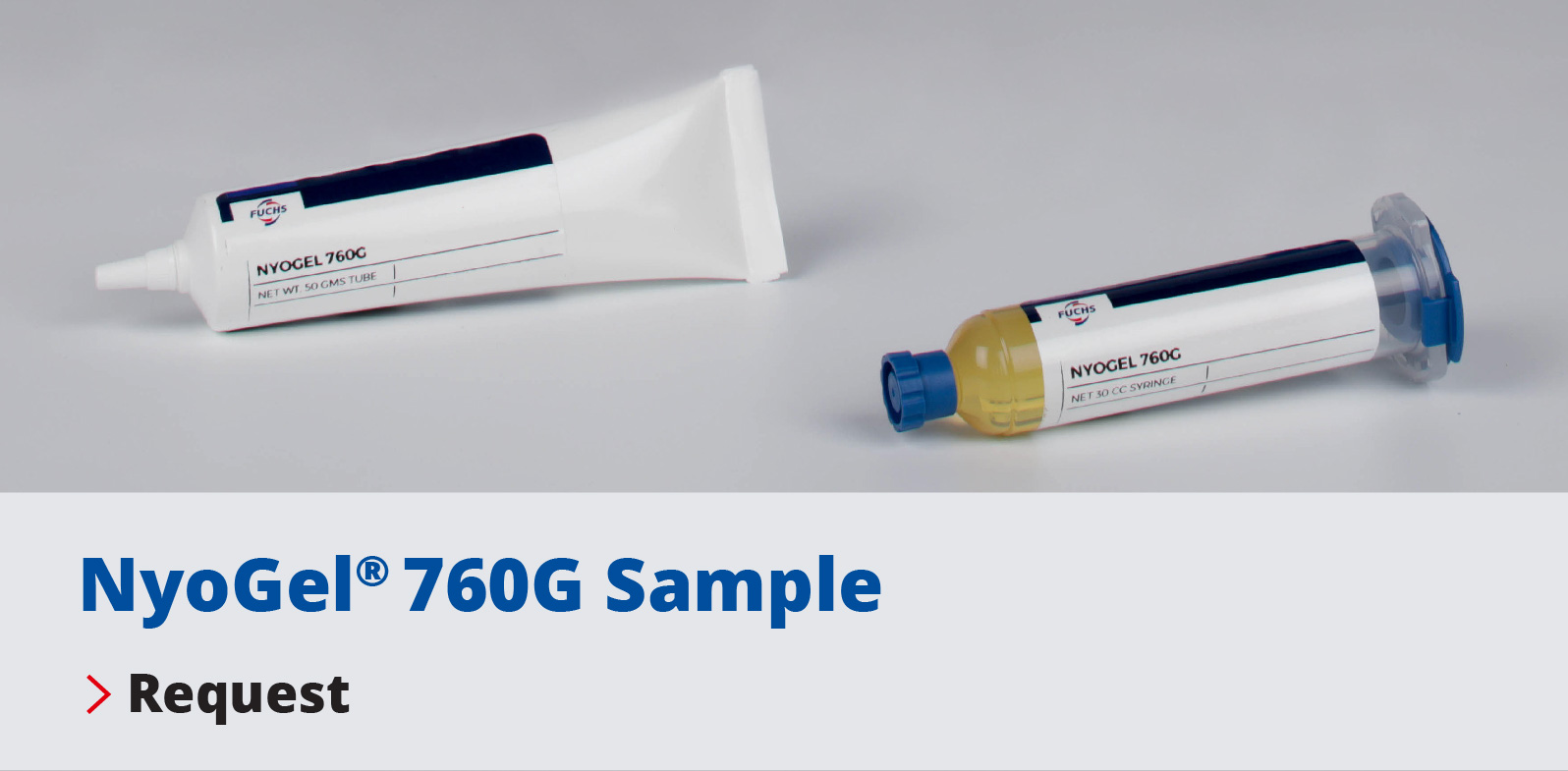Lubricants for Electrical Contacts in Household Appliances
Appliance manufacturers are challenged to deliver innovation and value to everyday household products. Some areas of innovation focus on customer experience, low water/energy usage, smaller size, personalization, and shorter cycle times. Value is often delivered in the design, function, quality, durability, and reliability of a product. Appliance lubrication can enable innovation without sacrificing the value customers expect.
In the appliance industry there are many applications besides gear boxes that can benefit from lubrication. Electrical contacts, sensors, and connectors are in appliances like refrigerators, dehumidifiers, dryers, dishwashers, ovens, and washing machines. Any water intrusion into these electrical components can not only jeopardize performance but could lead to more serious operation concerns such as short circuits which could pose a potential fire hazard.
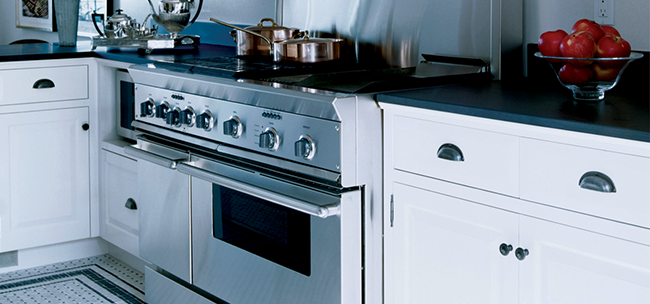
Vibration, moisture, corrosion, extreme temperatures, and demanding load-carrying requirements are all common causes of component failure in household appliances. A small amount of lubricant can create a barrier that protects components from the environment, wear, and ultimately, product failure. When electrical components fail, it creates serious problems for OEMs including poor customer experience, increased warranty costs, and safety concerns. Oven temperature sensors and connections on control panels of dishwashers and washing machines which control water temperature, set water volume, and wash time are a few examples where an instantaneous short circuit or a communication network fault due to signal loss can have serious consequences for consumers. Something seemingly as small as connector reliability could mean the difference between safe operation and costly recalls for the manufacturer.
There are many misconceptions about the use of dielectric grease on electrical connections. People mistakenly conclude that dielectric grease should never be used on electrical connections because the word dielectric refers to an electrically insulating material. This conclusion is based on a misunderstanding of how dielectric grease works. Dielectric grease has several key properties that make it desirable specifically for use on electrical connections, especially in applications that see moisture like refrigerators, dishwashers, and washing machines.
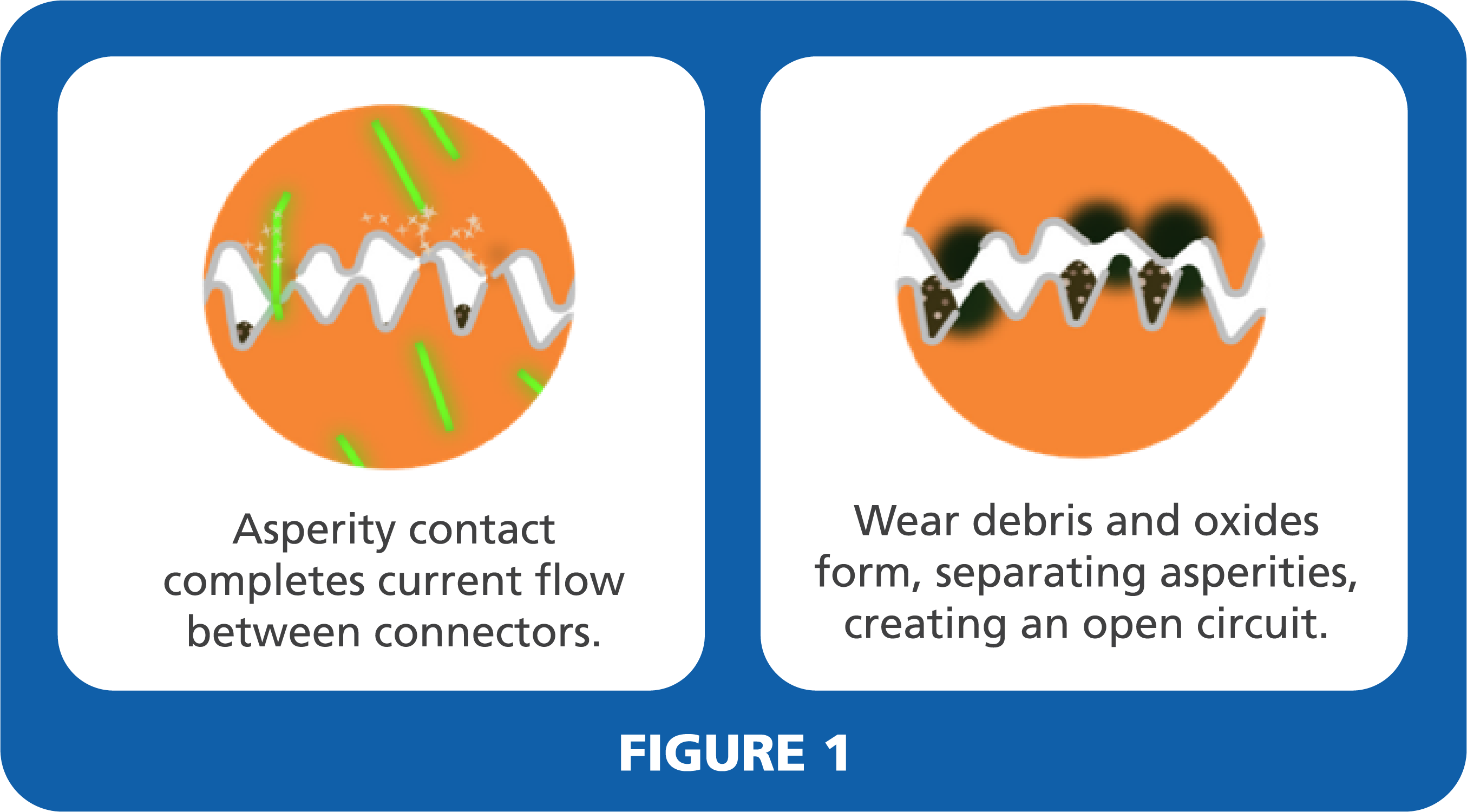
First, although the dielectric grease is non-conductive, it still allows the microscopic asperities of the contact surface to transfer signal and power, while lling in the valleys of the contact surface, where oxides and wear debris can form (Figure 1).
Second, by sealing the system from the surrounding environment, dielectric grease prevents the intrusion of moisture, dirt, dust, and other environmental debris from entering which could lead to corrosion. A buildup of corrosion on the contact surface results in resistance increase and eventual signal loss for the component.
Third, the grease reduces physical wear between the connecting surfaces as they undergo micromotions and fretting wear due to vibrations from the running appliance. This reduction in wear helps to preserve the layered coatings on the contacts/connectors which are designed to prevent oxidation and minimize resistance. Lastly, the dielectric properties become important in multi-pin connectors eliminating the possibility of water creating a short between pins.
One of the most common reasons for electronic connector failure is fretting corrosion (Figure 2) which differs from galvanic corrosion. Fretting corrosion/wear in electrical connectors and contacts is the result of micromotion caused by vibration and/or thermal expansion due to heating/cooling cycles. These micromovements result in wear down through the metal coatings into the base material (generally copper) that becomes oxidized. The inclusion of a copper passivator in the dielectric grease will protect the base material from oxidizing. As this oxide layer builds up and increases on the base material, the oxide film acts as an insulator between the contacts creating an open circuit which then results in voltage drop across the terminal leading to either signal loss or a power failure. The loss of continuity across the connectors/ contacts can be catastrophic and potentially result in component failure.
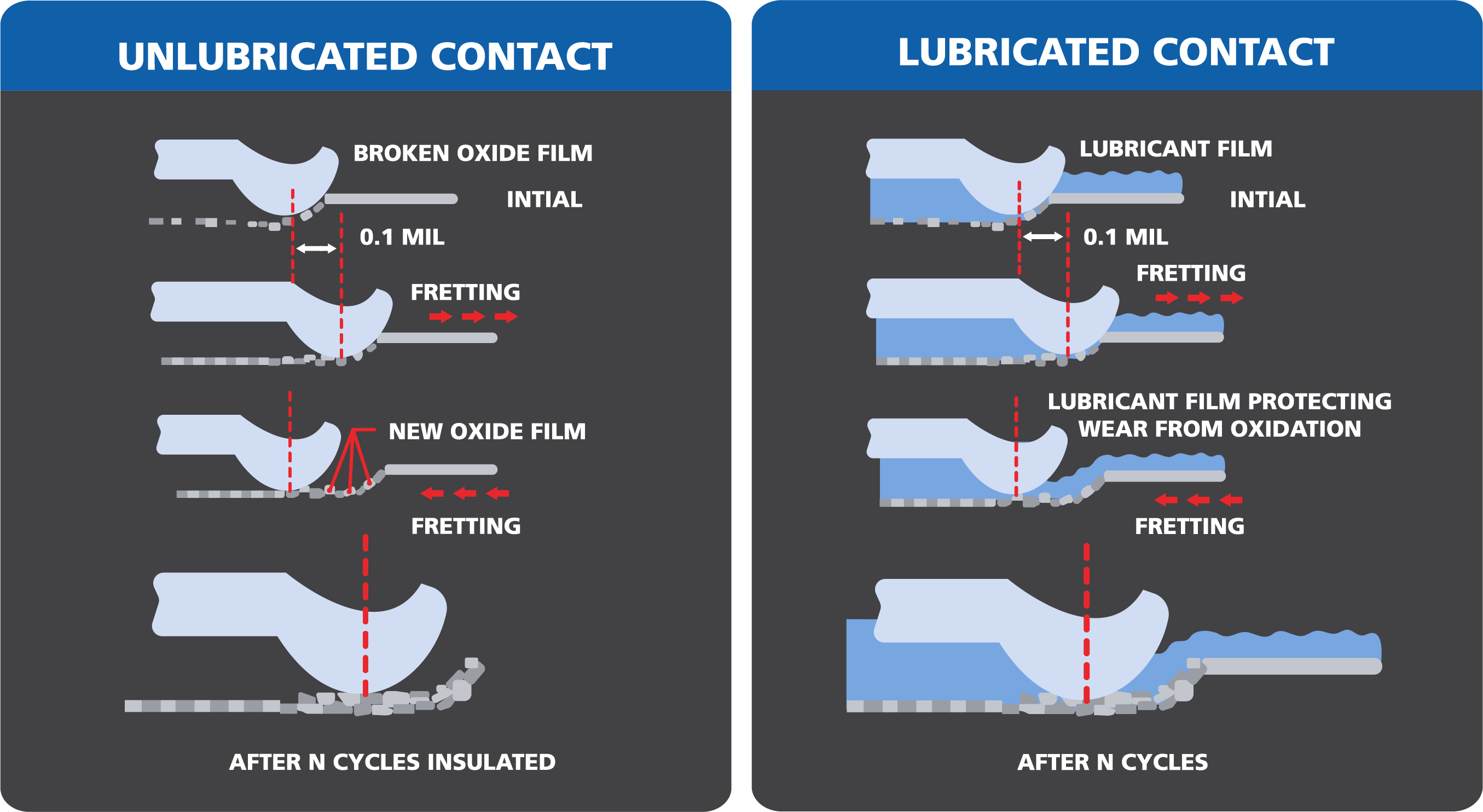
In one instance of a recall, millions of dehumidifiers were recalled after causing smoke and fire damage to people’s homes. This issue was caused by vibration within the dehumidifier which led to excessive wear on the electrical contact and millions of dollars of claims against the manufacturer. There have been similar recalls involving dryers and washing machines where vibrations caused wear on electrical contacts that led to overheating of the units and posed a potential re hazard. Using the proper dielectric grease fortified with additives to prevent failures due to fretting corrosion, wear, or galvanic corrosion is key to improving component reliability, ensuring safe operation, and avoiding recalls.
Water intrusion can jeopardize the performance of electronic components and electrical connections as it leads to galvanic corrosion on the metal surface. Galvanic corrosion occurs when metal components come in contact with moisture. Metals are unstable under normal atmospheric conditions which allow them to be converted into their oxide form. When corrosion starts on the surface of an electrical contact, insulative oxides form on the surface which ultimately results in increased resistance and signal loss leading to component failure.
There have been several recalls by top appliance manufactures due to water intrusion into electrical connections that caused corrosion on contacts in refrigerators and dishwashers. There have also been several recalls for corrosion on contacts in refrigerators which resulted in intermittent interruption of ice production and melting of ice in the bin. Another recall was issued after dishwashers began to overheat due to the formation of corrosion on the electrical component which posed the potential to cause fires. Using the proper dielectric grease in electrical contacts will prevent corrosion from occurring and create an environmental barrier to keep moisture out which will increase component reliability, extend life of the component, reduce safety concerns, and reduce warranty costs.
Not all dielectric greases have the ability of preventing corrosion or water intrusion. Testing needs to be performed to know the grease’s limitations before it is selected for an application. Nye’s dielectric grease product line was carefully developed to protect against corrosion and to have good water resistance which is backed by extensive validation testing.
The SAE J2334 method is a common corrosion test used for tin-copper or nickel-brass contacts. This cyclic corrosion test replicates accelerated exposure conditions and relies on three segments the humid stage, the spray application, and the dry stage. These stages provide an accurate simulation of typical operating conditions for applications such as dishwashers and refrigerators. The wet and the dry part of the cycle mimic natural cyclic conditions while the spray application introduces the corrosive solution.
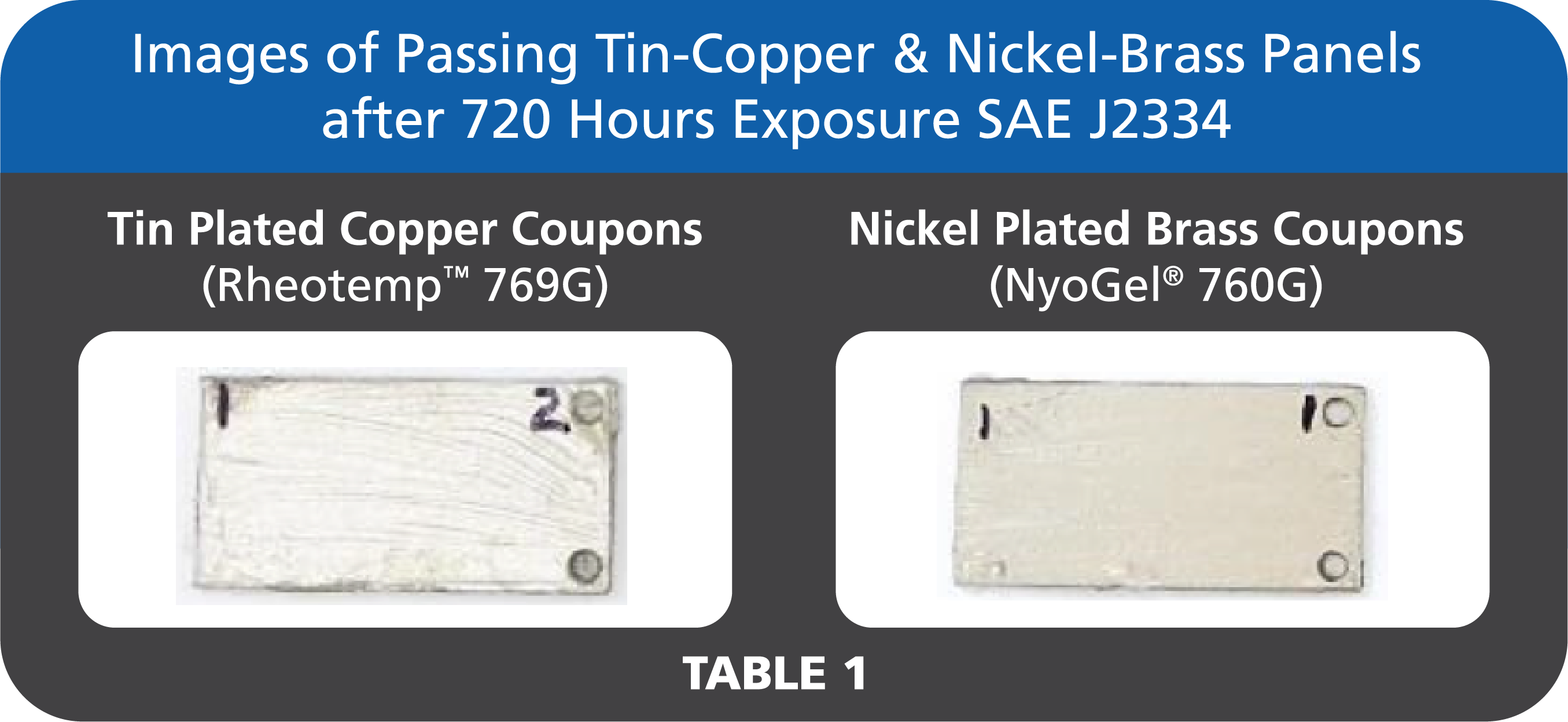
Each cycle totals 24 hours where the first segment is a 6-hour humid stage at 50°C, 100% relative humidity (RH) followed by a 15-minute salt application stage at 25°C and finally a drying stage at 60°C, 50% RH for 17.75 hours. A thin layer of grease is applied per the test method specification to coupons before being placed in the test chamber. The automotive industry has found that 80 cycles correlates to 5 years in the field for their applications. The appliance industry could also utilize this testing to identify a correlation for specific applications of interest. See images in Tables 1 and 2 for passing and failing results on tin-copper and nickel-brass coupons used in the testing of dielectric greases.
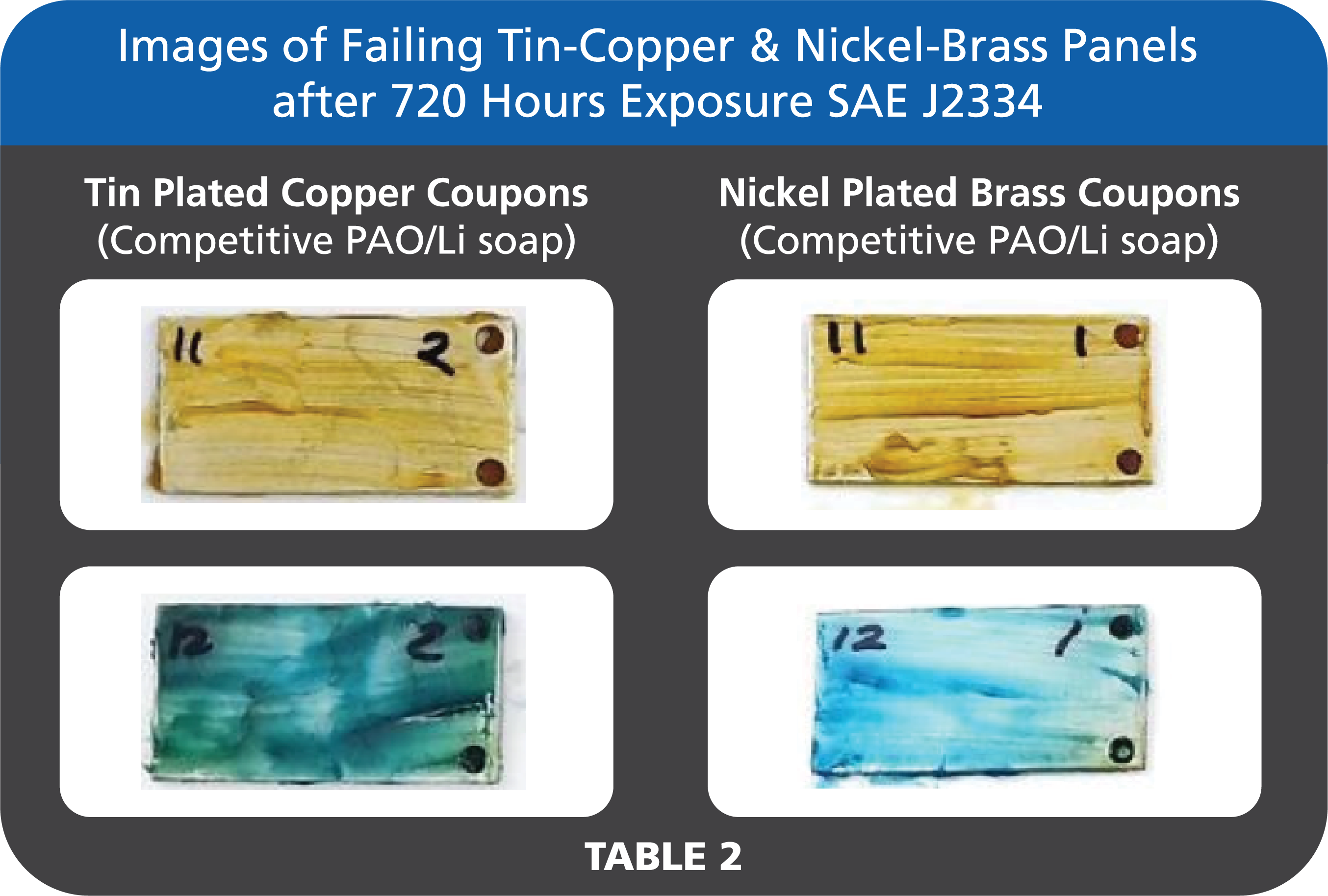
When looking at the failed coupons in Table 2 notice the range in color and degree of corrosion severity. When performing corrosion tests, it is important to obtain data on both the upper and base metal coatings of the component to evaluate a grease’s ability to protect the copper underplating that is traditionally used in electrical contacts and connectors. Nye performs copper corrosion testing per ASTM D-4048 at 100°C for 24 hours. The ratings cover a scale ranging from slight tarnish (1A/1B), moderate tarnish (2A-2E), dark tarnish (3A/3B), and corrosion (4A-4C).
The results seen in Figure 3 represents a dielectric grease that did not protect the copper surface from corrosion and is normally what one would see for a 3B result in the copper corrosion test that equates to dark tarnish described in the test method. The results seen in Figure 4, represent a dielectric grease that was properly fortified to protect the copper surface from corrosion and is typically what one would see for a 1A and 1B results on the corrosion scale. A dielectric grease that doesn’t offer protection against copper corrosion puts electrical contacts and connectors at risk for failure which can result in component malfunctions for customers and product recalls for manufacturers.
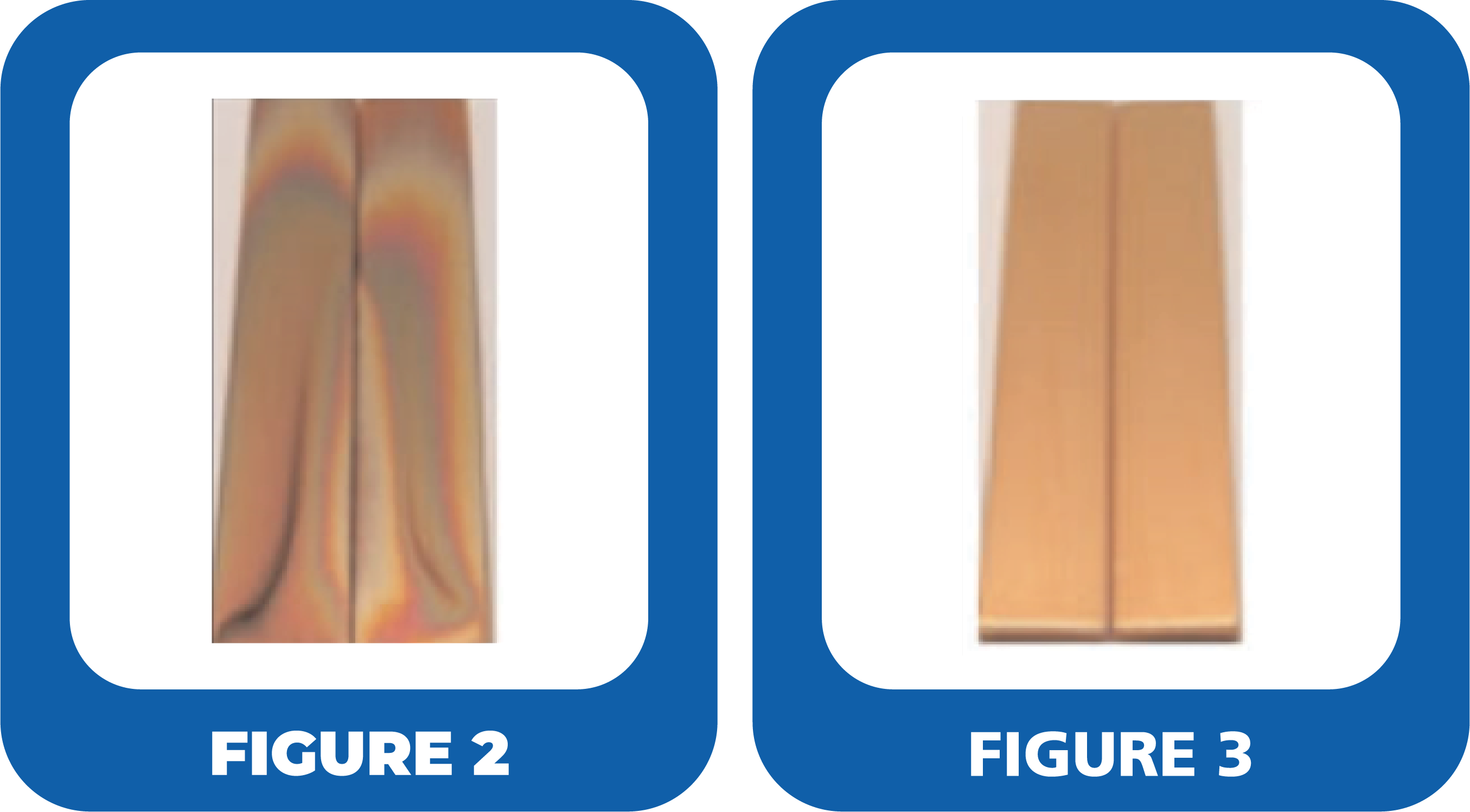
Greases have different water resistance capabilities depending on the thickener chemistry utilized in the formulation. ASTM D-1264, is a typical water washout test used to determine a greases’ resistance to water. In this test, a bearing is filled with a prescribed amount of grease and is inserted into a housing with specified clearances and rotated at 600 rpm while water, controlled at 79 +/- 1°C, is sprayed on the bearing at a rate of 5 ml/second. After, the system is dried to remove water from testing components and the amount of grease remaining is recorded. The data in Table 3 shows the water washout characteristics of commonly used dielectric greases.
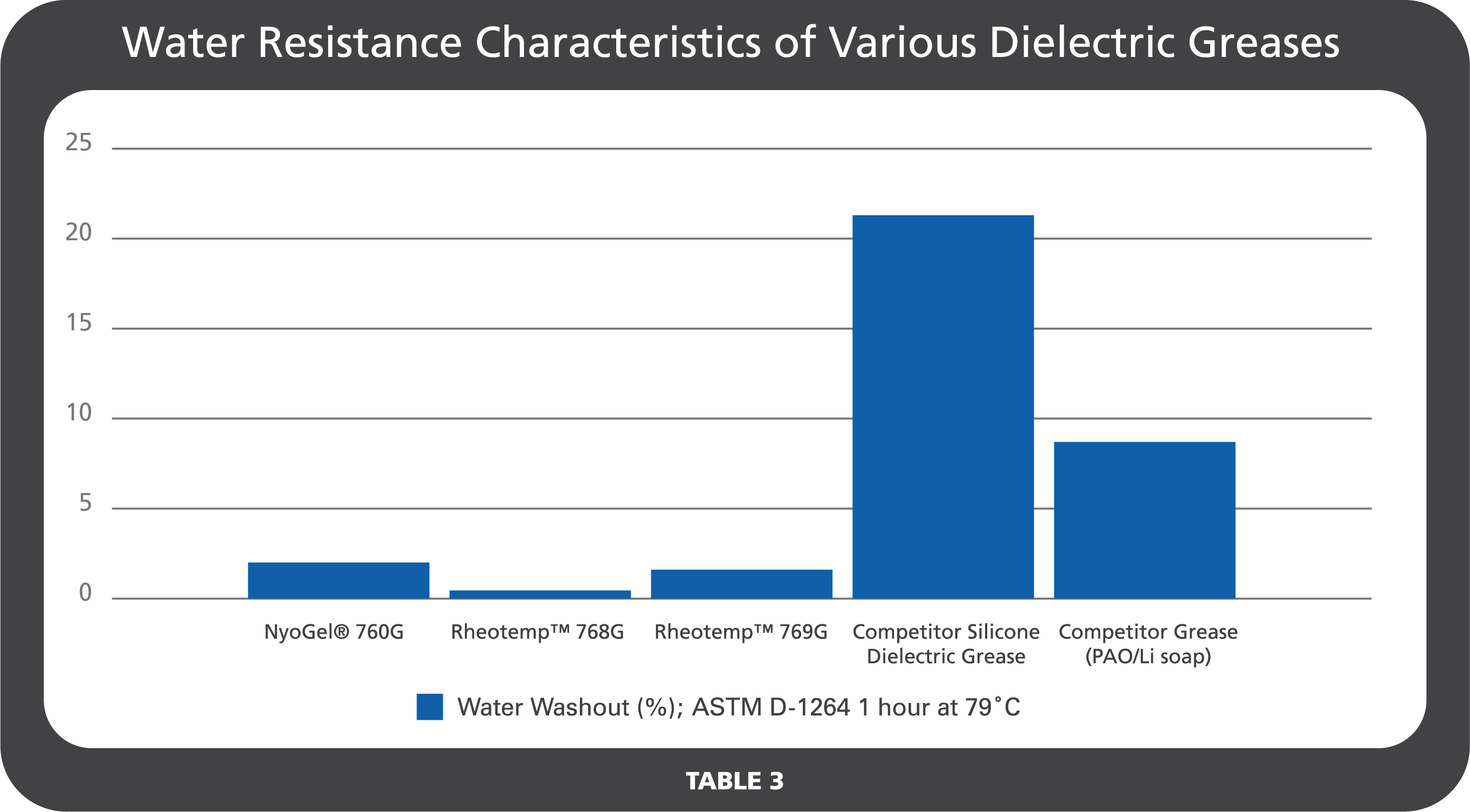
As previously mentioned, fretting corrosion can be detrimental to an electrical system. Nye Lubricants developed a custom fretting test rig to simulate fretting conditions. To test for fretting protection, 2.8 mm APEX tin copper connectors were used with testing conditions of 100 µm stroke amplitude and 10 hertz frequency until a failure (100 mΩ increase in resistance over the baseline initial readings) occurred.
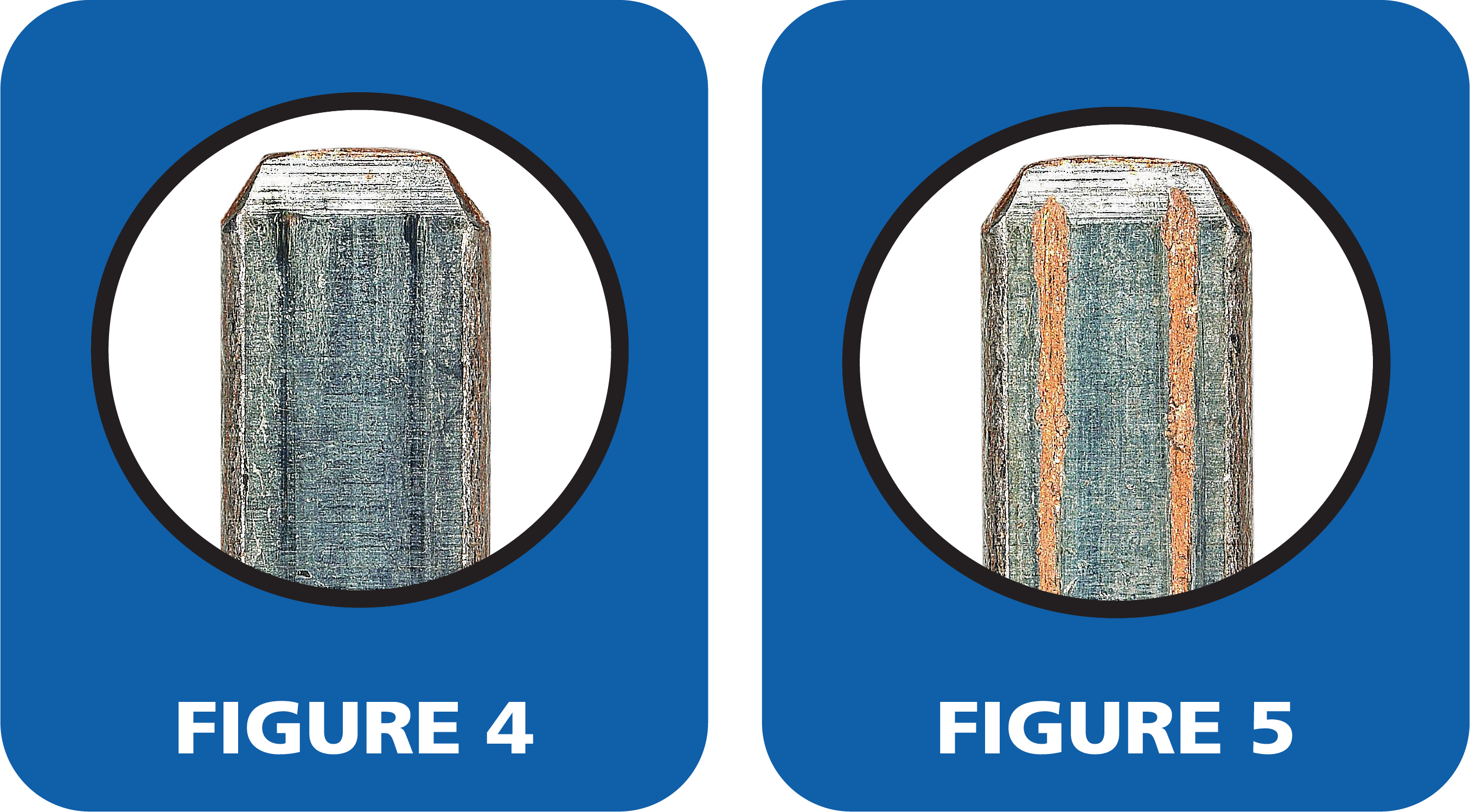
When looking at electrical contacts or connectors if the upper metal coating has worn through to the base material as seen in Figure 5, this indicates that the component is experiencing a wear problem making it susceptible to oxidation which ultimately will lead to signal loss and component failure. Figure 4 represents a connector that was lubricated with one of Nye’s dielectric greases which contained an additive package that prevents fretting wear preserving the layered coatings on the contact to ensure the integrity of the electrical contact.
Improve Connector Life
Applying a properly fortified dielectric grease during production ensures a solid connection for the life of the electronic contact which will help avoid costly warranty claims, avoid recalls, reduce safety risks, and improve component reliability. As connectors, electrical contacts, and electrical systems evolve and become more sensitive to resistance changes, dielectric lubricants must also progress to keep up with the demanding needs of these applications Nye’s dielectric grease product line was carefully developed to protect against corrosion, have low water washout, reduce fretting wear, achieve excellent thermal stability, and seal the connector/contact from environmental factors to keep out water, dirt, and other elements that can lead to power failure.
 Nicole D’Ambrosio - Director of Manufacturing
Nicole D’Ambrosio - Director of Manufacturing
 Nicole St. Pierre has been with Nye for 20 years and was recently appointed to the role of Director of Manufacturing. Prior to her current role, Nicole spent 12 years as Nye’s Technical Development manager after having started at Nye as a Research and Development chemist. Nicole holds a Bachelor of Science in Chemistry from the University of Massachusetts Dartmouth.
Nicole St. Pierre has been with Nye for 20 years and was recently appointed to the role of Director of Manufacturing. Prior to her current role, Nicole spent 12 years as Nye’s Technical Development manager after having started at Nye as a Research and Development chemist. Nicole holds a Bachelor of Science in Chemistry from the University of Massachusetts Dartmouth.
Related Technical Articles & White Papers
CONNECTORS: Improving the Safety & Reliability of Electrical Connectors for Household Appliances
A paper explaining how grease can protect appliance connectors against common causes of failure including fretting and water intrusion.
Nicole D'Ambrosio
Read More

